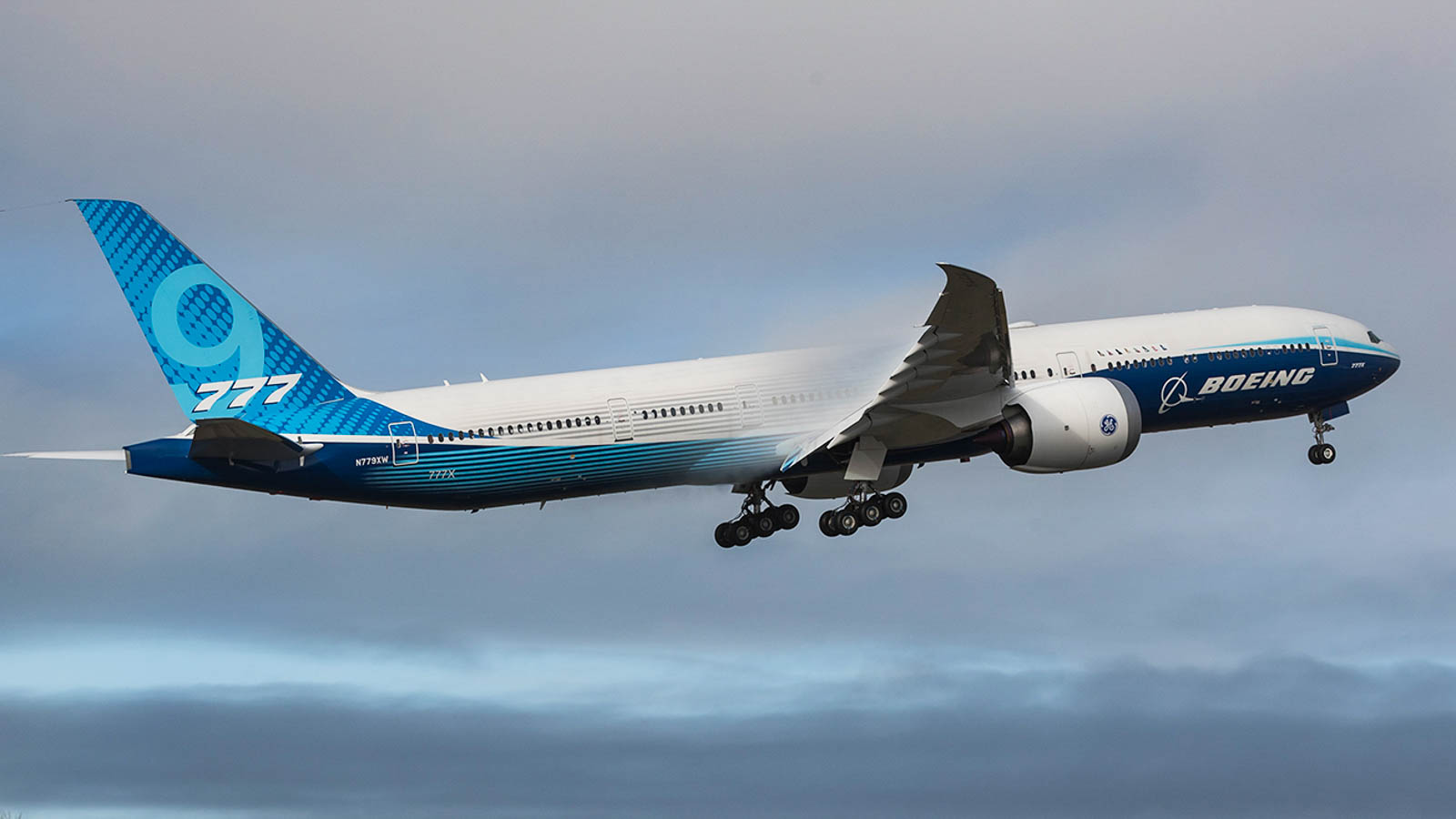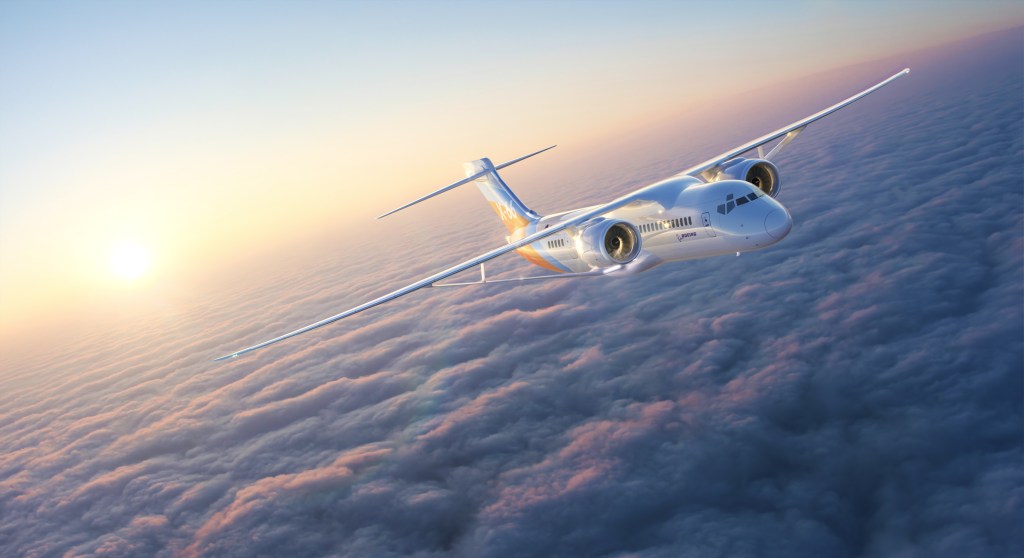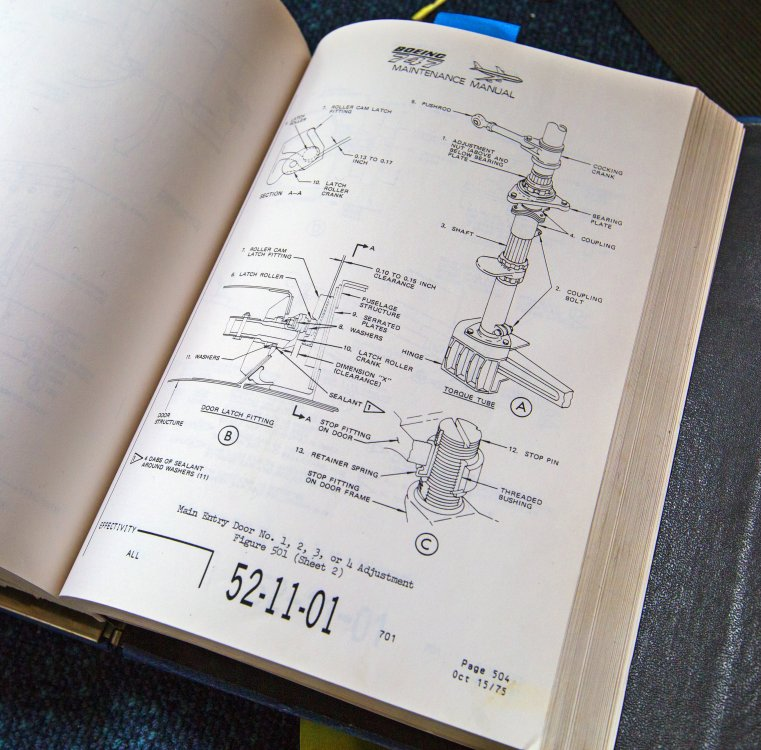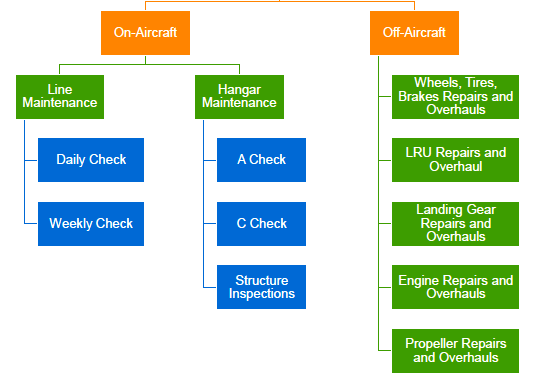Leeham News and Analysis
There's more to real news than a news release.
A350-1000 or 777-9? Part 4
Subscription required
By Bjorn Fehrm
May 2, 2024, © Leeham News: We are doing an article series comparing the capabilities of the Airbus A350-1000 and the Boeing 777-9. We looked at the development history of the aircraft and then their capability and fuel economics.
We could see that the 777-9 is trailing the A350-1000 in payload range, partly because we compare the base version of the 777-9 with a further developed A350-1000. Now, we investigate what the 777-9 performance would be should we include a typical future development of the Maximum TakeOff Weight (MTOW).
Summary:
- The A350-1000 has a clear payload-range advantage over the standard 777-9.
- With an in-service Maximum TakeOff Weight (MTOW) development like the A350-1000, the difference is reduced.
A350-1000 or 777-9? Part 3
Subscription required
By Bjorn Fehrm
April 25, 2024, © Leeham News: We are doing an article series comparing the capabilities of the Airbus A350-1000 and the Boeing 777-9. We looked at the development history of the aircraft and compared their size and payload capacity.
Now, we use our Aircraft Performance and Cost Model (APCM) to fly the aircraft on a typical route and compare their performance. We also look at their stage of development and the potential for future upgrades inherent in the design.
Summary:
- The A350-1000 has got its Maximum TakeOff Weight (MTOW) increased four times since entry into service.
- The latest MTOW hike to 322t gives the A350 a clear payload-range advantage over the 777-9. Any increase in the 777-9’s MTOW will have to come after type certification.
Airbus’ A350-1000 or Boeing’s 777-9?
Subscription required
By Bjorn Fehrm
April 4, 2024, © Leeham News: Korean Air confirmed an order for 33 Airbus A350 in the week, 27 of which are the larger A350-1000. The order is significant on two accounts:
First, 27 A350-1000 and only 6 A350-900, where analysts have for years asked why the -1000 isn’t selling.
Secondly, for a carrier that has a rather 50-50 fleet of Airbus and Boeing planes, its large widebody was the Boeing 777-300ER, whereof it has 27 out of 37 Boeing 777 in total. Korean Air now chooses the A350-1000 to replace the 777-300ER. Why not the 777-9?
Was this a question of availability (the 777-9 should have been delivered in 2020 but has had several delays; the present plan says 2025), or was there a technical-economic reason for Korean Air’s decision? We examine the characteristics of the two planes to find the answers.
Summary:
- The Boeing 777-300ER was an exceptionally successful stretch of the original 777-200. The 777-9 is the sequel to the 777-300ER.
- The market did not like the original A350-1000. Therefore, the present -1000 is a reconfigured aircraft compared to the original variant.
Bjorn’s Corner: New aircraft technologies. Part 50. Wrap up.
March 15, 2024, ©. Leeham News: We started the series a year ago about the New Aircraft Technologies that can be used when replacing our present single-aisle airliners.
We have covered a lot, including the typical development phases, from initial studies to preparing for the aircraft’s in-service phase.
Let’s make a resume of what we have discussed.
Bjorn’ s Corner: New aircraft technologies. Part 49. Engine Maintenance
March 8, 2024, ©. Leeham News: We are discussing the different phases of a new airliner program. After covering the Design and Production, we now look at the Operational phase of a new airliner family.
For the operational phase, the airplane must pass scrutiny for Continued Airworthiness. The biggest item in a regulator’s Instructions for Continued Airworthiness is the required Maintenance program to keep an airliner airworthy. We discussed airframe maintenance in the last article. Now, we look at engine maintenance.
Bjorn’ s Corner: New aircraft technologies. Part 47. MSG-3 Maintenance
February 2, 2024, ©. Leeham News: We are discussing the different phases of a new airliner program. After covering the Design and Production, we now look at the Operational phase of a new airliner family.
For the operational phase, the airplane must pass scrutiny for Continued Airworthiness. The biggest item in a regulator’s Instructions for Continued Airworthiness is the required Maintenance program to keep an airliner airworthy. We started last week with how maintenance went from ad-hoc to a Hard Timed maintenance program in the late 1950s and early 1960s.
Bjorn’ s Corner: New aircraft technologies. Part 46. Maintenance Program
January 19, 2024, ©. Leeham News: We are discussing the different phases of a new airliner program. After covering the Design and Production, we now look at the Operational phase of a new airliner family.
For the operational phase, the airplane must pass scrutiny for Continued Airworthiness. Today, we discuss the biggest item in a regulator’s Instructions for Continued Airworthiness: the required Maintenance to keep an airliner airworthy.
Bjorn’ s Corner: New aircraft technologies. Part 45. Continued Airworthiness
January 12, 2024, ©. Leeham News: We are discussing the different phases of a new airliner program. After covering the Design and Production, we now look at the Operational phase of a new airliner family.
For the operational phase, the airplane must pass scrutiny for Continued Airworthiness. Today, we discuss the different means available to the Regulator, such as Airworthiness Directives ( ADs) and System Bulletins (SBs) to the OEM to make sure any detected issues get noticed and corrected.
Bjorn’ s Corner: New aircraft technologies. Part 44. Operation and Continued Airworthiness
January 5, 2024, ©. Leeham News: We are discussing the different phases of a new airliner program. After covering the Design and Production, we now look at the Operational phase of a new airliner family.
For the customer, the design and production are exciting and interesting, but it’s the information and services around the operational phase (Fleet Support in Figure 1) of the airliner that are most important to the airline customer.











